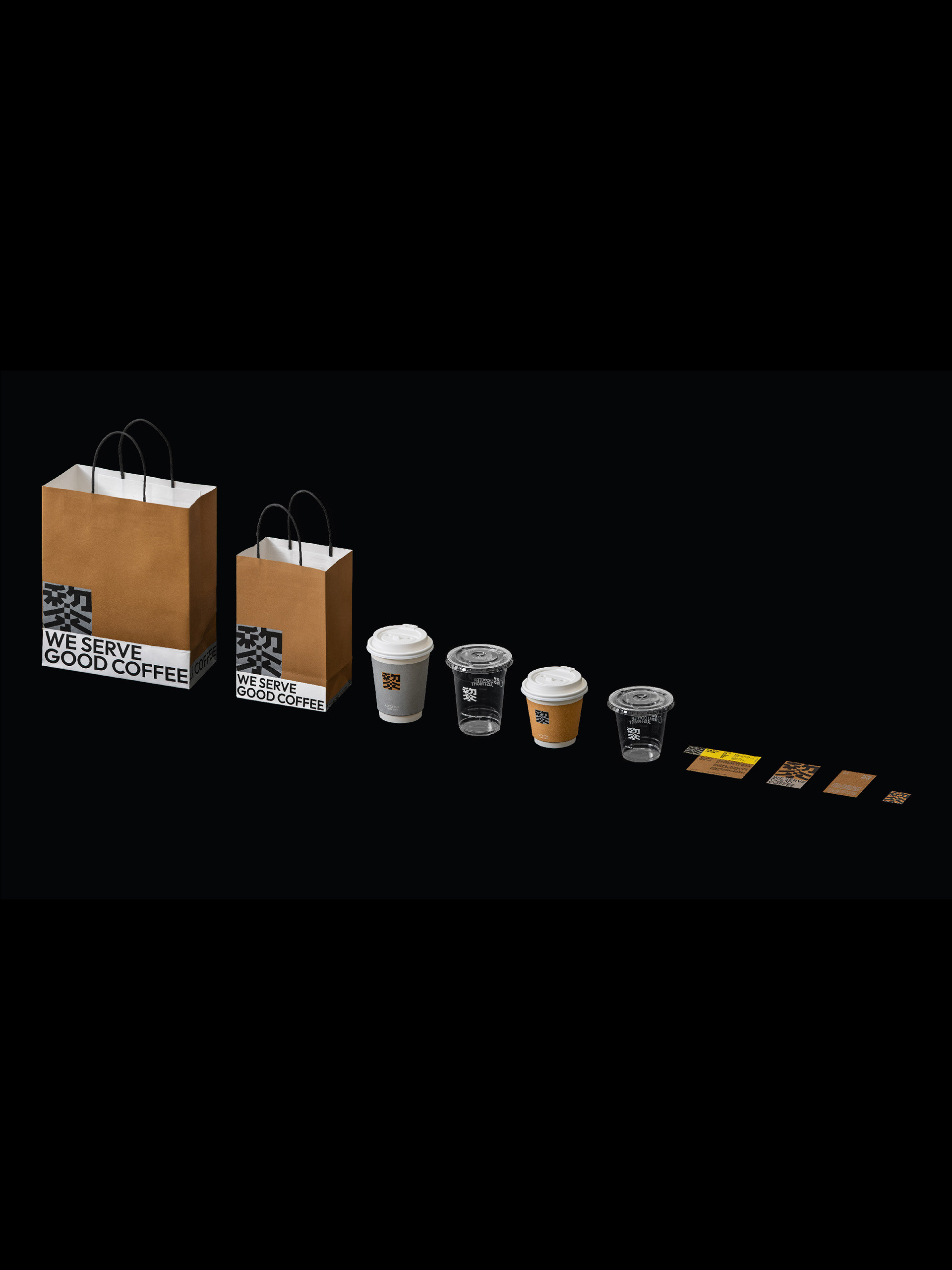
Introduction
As part of the evolution of the Super 6 synthesizer by UDO Audio, I was responsible for writing and organizing the user manual for the company’s first hardware instrument. The manual was not only supposed to communicate and explain the synthesizer’s features to musicians. It was also conceptualized to serve as the guide for the creation of the instrument’s software to ensure a user-centered focus throughout the development process. The latter also involved the ideation of not yet conceived features and functionality.
Prior to this stage, the hardware of the instrument – the chassis, the printed front panel and the control layout – had already been designed and was ready for production. Any further added functionality as well as user flows had to meet the challenge to make the most out of the pre-existing framework.
Problem Statement
Musicians need an instrument that allows for an immediate workflow as well as a user manual that provides beginning and advanced synthesists alike with clear and engaging explanations of the underlying concepts.
We will know this to be true when musicians and synthesists find it easy and fun to create sounds with the Super 6 and enjoy using the user manual as a reference book.
Potential Solutions
A well-structured and illustrated manual that allows for a joyful reading experience and also provides tutorial sections that support a hands-on approach and encourage the exploration of the instrument.
User flows that allow for the quick and easy access of especially secondary functions and take into account every step and requirement that is important for the implementation during software development.
Inclusion of features and options that are commonly considered desirable in the synthesizer and electronic music community while avoiding featuritis to maintain the coherence of the instrument’s core design philosophy.
Illustrations
I started by simplifying the original design mockups provided by the prestigious product development agency designbox using Adobe Illustrator. During the process I also created masks for the individual sections of the synthesizer to be able to visually highlight the instrument’s functionality module by module.




After incorporating the latest revisions to the hardware design and exporting the single sections and control elements of the instrument as individual files, I created conceptual illustrations and diagrams that explained how integral features would work.
















Technical Writing With a Usability Focus
User Research
Due to my experience as a sound designer, beta tester and reviewer in the field of music technology I’m not only aware of the feature sets competitive manufacturers provide. As an active reader of electronic music forums, I took an informal approach to user research that built on my daily accumulated knowledge. Since the product was already announced in May 2019, I could also systematically gather information about requested features and general feedback through online forums. This information was used for the careful consideration of not yet determined features.
Documentation
When I entered the project, I was provided with an early rough draft of the manual. The 28 pages document written by the core development team contained brief explanations of already implemented features and a list of functions whose implementation and user flows were yet to be conceptualized.
During the creation of various iterations, I opted for a friendly and informal tone, organized the running order of explained features, included introductory passages that would explain the basic functionality of specific features suitable for beginners, and made sure to highlight page references for the layout designer.
By taking into account gamification principles, I also added paragraphs that would explain how specific modules could be used in more than one way in order to highlight the instrument’s flexibility as well as creative options that might not be obvious at first sight.

User Flows
In a continuous collaboration with the lead engineer and developer I conceptualized user flows as a template for software development by describing step by step how specific sound design and programming tasks are to be achieved in the most intuitive and straightforward manner.
Examples of user flows as part of the user manual (the selection showcases a couple of features that had yet to be implemented at the time):





















(as of August 2020)





